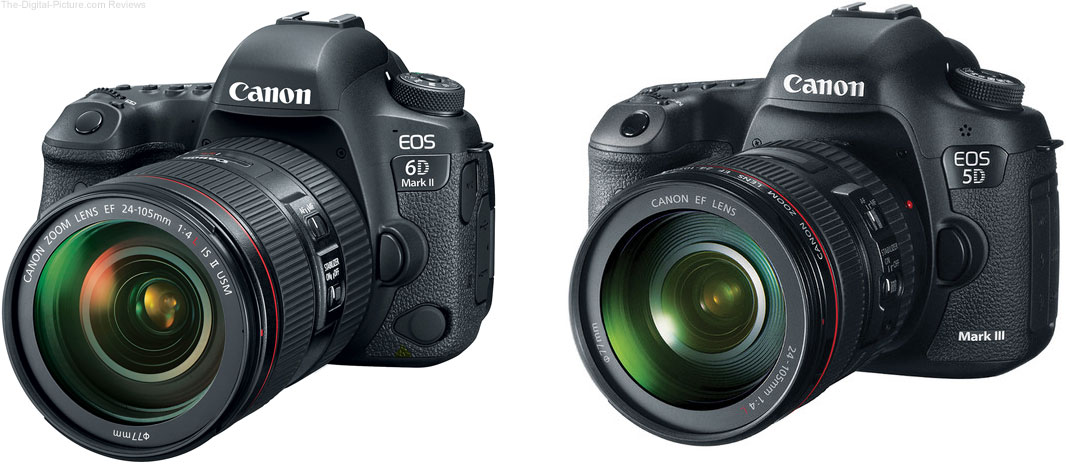

Additionally, there's also now an AF Area Selection button on the back plate. The AF system's detection range has also been broadened, from -2EV on the EOS 5D Mark III to -3EV here, and this drops down even further to -4EV when using live view. In such a situation, 21 of these points also remain cross type for extra sensitivity, although this can vary with different lenses. Furthermore, all 61 points remain effective at f/8, which is great news for those using telephoto lenses with Extenders, perhaps for sports or wildlife. The EOS 5D Mark IV's 61-point AF system (including 41 cross-type points) appears to be very similar to the one inside the EOS 5D Mark III at first glance, although a more in-depth look reveals a handful of changes that echo those inside the EOS-1D X Mark II.įor a start, the points cover a wider area than before. This feature was not present on the EOS 5D Mark III, although its appearance on the recent EOS 1D X Mark II meant that it was very likely to make its way here too. This allows for smooth autofocus changes to be made simply by pressing the touchscreen at the desired point, and for subjects to be effectively tracked as they move across the scene.
#5d mark iii vs 6d iso movie
The other possible adjustment is reduction over ghosting effects such as flare.Ĭurrently, it appears that you need to use Canon's proprietary Digital Photo Professional program in order to make these adjustments, which is bundled with the camera as standard.Ī now almost standard part of the modern EOS DSLR feature set, Dual Pixel CMOS AF provides the user with a way to use phase-detect AF when the mirror has been flipped up (ie when using live view and movie recording). First, out of focus highlights can be shifted horizontally, which Canon reckons the photographer may chose adjust so that they work better with areas that are in focus. This technology works by capturing two images from very slightly different points of view, a process made possible thanks to two photodiodes incorporated into each pixel (which is the basis of its previously seen Dual Pixel CMOS AF mode, explained below).Ĭanon states that this technology also allows for two further adjustments. On the face of it this appears to work on a similar principle as the technology used in Lytro and selected Panasonic models, in that it allows the photographer to select a slightly different point at where the image is sharpest after the image has been captured.

One feature we've not seen before on any EOS model is dubbed Dual Pixel Raw. Among other things this said to offer enhanced noise reduction, and also works with higher readout speeds from the sensor to help deliver marginally faster burst shooting (see below) than the EOS 5D Mark III. Shortening that exposure time is a really big deal when imaging.The new model eschews the previous DIGIC 5+ processor and opts for a newer DIGIC 6+ engine instead. I can only say that the 5D II needed about to a 2 minute exposure to capture what the 60Da could get in about 30 seconds (using the same ISO). I have not tested my 5D III against the 60Da, but that would be an interesting comparison. Even better still would be to use a camera with no filter (use a filter wheel on the scope to control the bandpass) and of course the bayer mask used to record color is diminishing the performance as well (if you're using a filter wheel, you don't need a bayer mask.) The standard low-pass filter blocks a lot of the light that astro-imagers want. not sensor) that the 60Da can capture an image in substantially less time (I had tripled the exposure time on the 5D II vs what was used on the 60Da and it still hadn't captured as much light as the 60Da). The filter on the 60Da is so much better (filter.

I tested a 5D II and tested it against the 60Da for astrophotography and was blown away by the difference.

The one issue this ignores is the amount of time necessary to create an exposure.


 0 kommentar(er)
0 kommentar(er)
